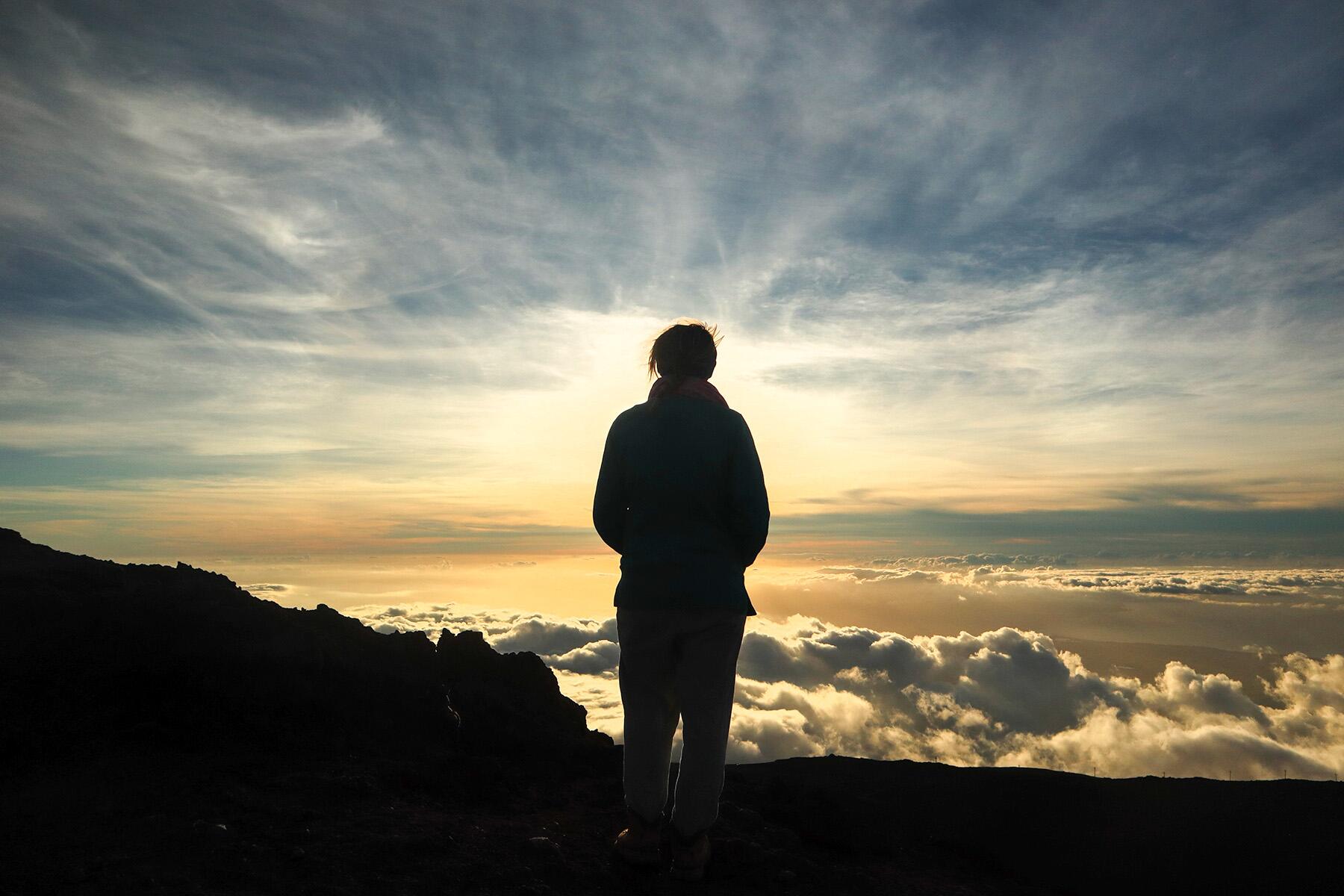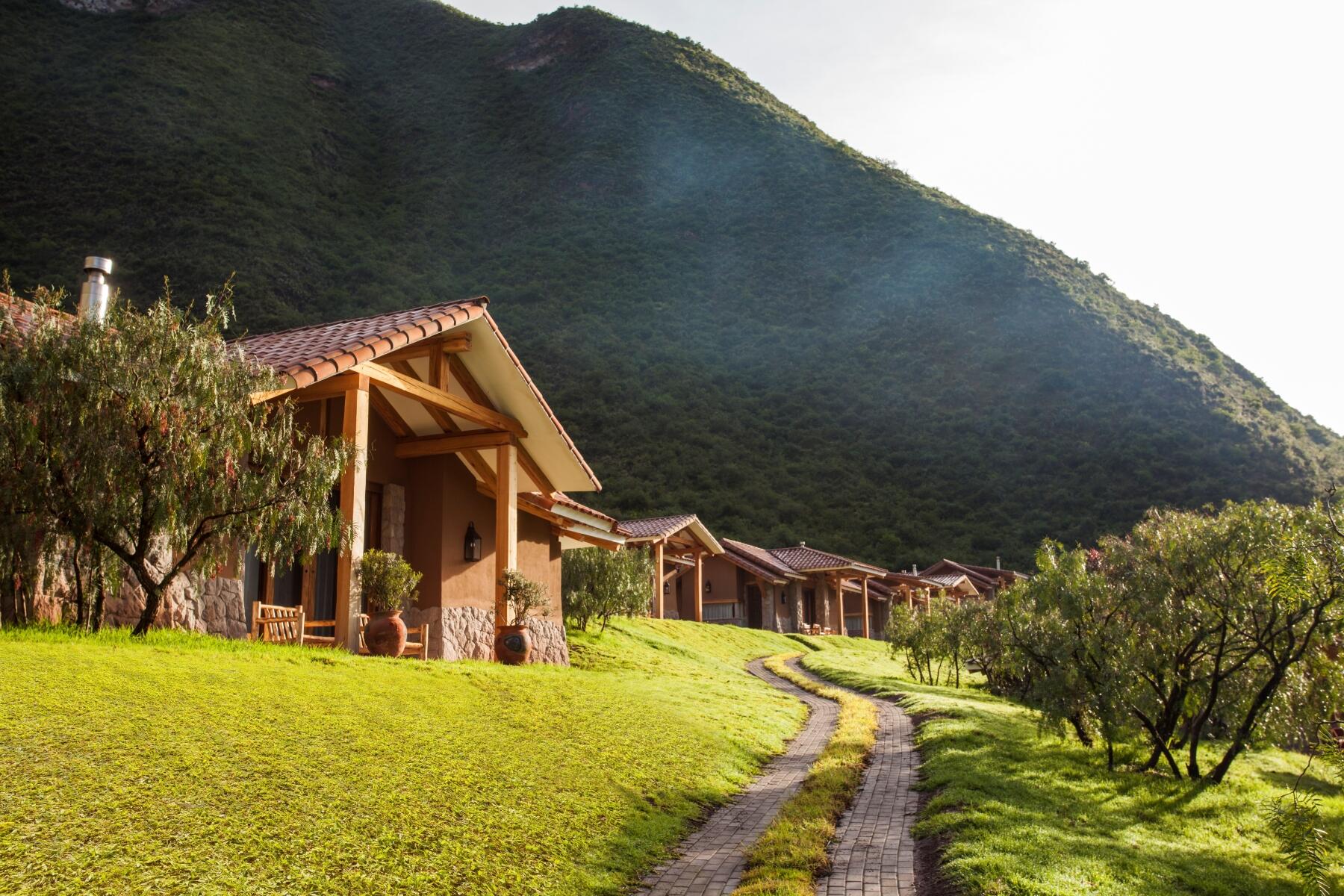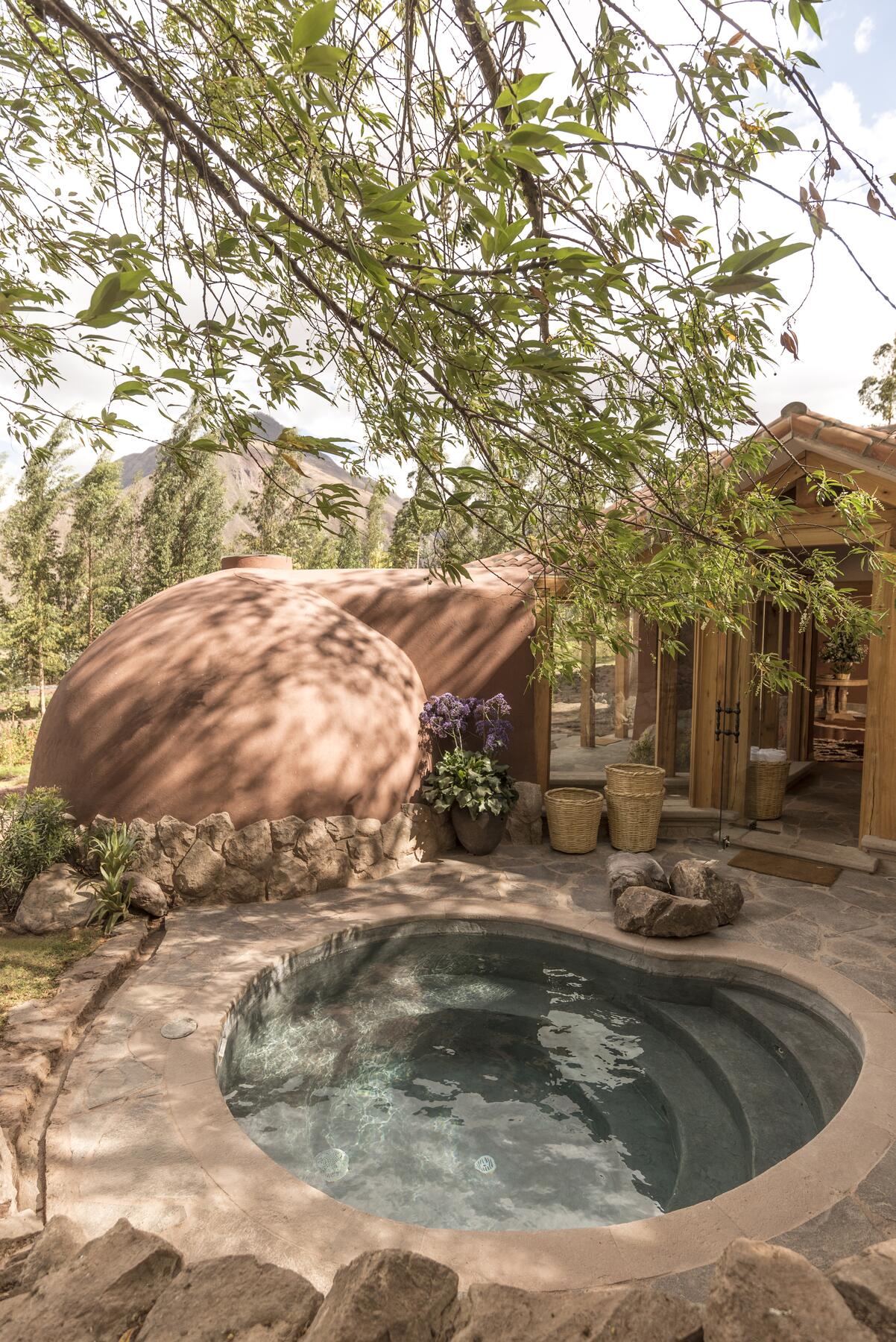Peru is open, safe, and free of crowds.
What happens if someone pulls the fire alarm but forgets to give the “all clear”? People don’t know it’s safe to return to the building. That’s what’s happening in Peru.
News media widely covered the violent anti-government protests during December and January, sparked by the arrest of former President Pedro Castillo. And anyone with a nose for travel picked up on stories of hundreds of tourists trapped in the town of Machu Picchu twice. The second time resulted from Peru’s “indefinite” closure of South America’s top tourist attraction in response to the widespread civil unrest. Transportation throughout the country was severely disrupted, and tourism screeched to a halt.
Machu Picchu reopened on February 15, and that’s where the news stories stop. In their absence, misinformation prevailed, causing many travelers to opt out of visiting a safe Peru that is open and nearly empty of visitors.
Typically, people begin planning their trip to Peru by securing their Machu Picchu tickets first, often six months in advance. Right now, same-day access is available, despite new 2023 rules reducing the daily maximum attendance in an effort to protect the UNESCO World Heritage Site.
All Systems Go for a Last-Minute Trip to Peru
Soon after Peru’s reopening, I was invited to visit as a guest of Inkaterra, the eco-tourism company that has championed Peru’s culture, history, and natural beauty for five decades.
Recommended Fodor’s Video
Despite the recent civil unrest and the U.S. State Department’s Level 3 Travel Advisory suggesting folks reconsider travel to Peru, I sensed the possibility of an unexpected adventure with my husband and 13-year-old daughter. With only a few spring breaks left before she leaves for college, I was eager to experience Peru’s culture, history, and natural beauty with my family.
The protests had lost momentum, and the country, particularly the tourism-reliant Cusco-Sacred Valley-Macchu Picchu corridor, touted its safety and open attractions. Given my trust in Inkaterra and the backing of CANATUR, Peru’s national tourism board, I felt confident that Peru was on the rebound and ready to welcome us safely.
Having watched much of the news footage about the stranded tourists in Machu Picchu, I made some basic preparations. I registered our trip with the U.S. State Department’s Smart Traveler Enrollment Program and made copies of our passports to carry in every suitcase and daypack. We also traveled light so we could be nimble in case we needed to move quickly. My husband and I carried different bank cards and extra cash and agreed to walk away from any areas where we sensed tension. I also purchased a travel insurance policy from Travel Insured International that included coverage for “political or security evacuation.” In the end, none of these strategies were needed.
I purchased our plane tickets on a Thursday, and we boarded a flight four days later, just one month after Machu Picchu had reopened. Inkaterra’s own travel agency, Inkaterra Experience, flawlessly planned our 11-day itinerary, concentrating on the tourism-reliant corridor of Cusco, the Sacred Valley, and Machu Picchu. We also tacked on two nights at Inkaterra Reserva Amazonica, flying on Peru’s LATAM Airlines from the cool highlands of the Andes Mountains to the steamy jungle of the Amazon basin before returning to Lima for our international flight home.
Here’s What It’s Like to Travel in Peru Now
Upon landing in Cusco, we joined the flow of passengers rolling luggage through the barricaded parking lot and off the airport property to the city sidewalk, where our Inkaterra guide, Roger, was waiting for us. In perfect sync, he and driver José loaded our luggage into the van, and we were off.
We discovered that because of Peru’s recent turmoil, access to airports and train stations is limited to ticketed passengers. The only other precautionary sign we noticed throughout our trip was a singular instance of police with riot gear gathered on the edge of the main plaza in Cusco. Per our family agreement, we left the area but never heard about any conflict. To be fair, the Tourism Police are always visible in the Plaza de Armas. They’ve been around since 2012 and are the go-to for tourists.
Traveling with Inkaterra from beginning to end also provided an enormous level of safety, comfort, and ease. Considering our trip included transportation by plane, train, bus, automobile, and motorized canoe, we never wasted a moment worrying. Although we are experienced travelers, Inkaterra’s planning and seamless service helped us make every day in Peru count.
For instance, our longest and most complex travel day was from Cusco to Puerto Maldonado in the Amazon. Yet, what we’ll remember was our guided nighttime safari on the Rio Madre de Dios, where we saw an Amazon tree boa, a spectacled caiman (a crocodilian), a capybara (the largest living rodent), and the Southern Cross constellation giving us a new perspective of the night sky. We dined on fresh, local cuisine, cooled off in our private plunge pool, and slept in a screened-in casita, where we fell asleep to the sounds of the jungle.
The Magic of the Andes
There’s an extra thrill when a bucket-list trip comes together last minute. With little time to research or daydream, every experience is heightened, especially by the fixture of the Andes Mountains throughout our time in the Cusco region. At first, it was difficult to tell if we felt dizzy from the high altitude or simply overwhelmed by their beauty.
Upon arrival, the best place to rest, restore, and acclimatize is in the Sacred Valley at Inkaterra Urubamba Hacienda, a 36-room boutique hotel and spa with a healing garden, where every view is connected to the surrounding mountains. The design, construction, and hospitality reflect the rich traditions of the Quechua, weavers, and farmers who have worked the fertile valley for centuries.
We took advantage of the complimentary activities, including a twilight hike where guide Hiroshi helped us understand why this valley is sacred and a hands-on chicha demonstration to learn the secrets of crafting this ubiquitous fermented corn beverage.
Feeling the effects of the altitude on our first day, we opted out of dinner and requested something light. After returning from our twilight hike, the staff invited us to lounge on colorful blankets they’d spread on the lawn around a fire, then brought out baskets of freshly baked bread and an artfully assembled cheese board. My daughter asked for hot chocolate and out came a carafe of the chef’s own recipe of Peruvian chocolate, sugar, and spices. Time and again, we experienced this level of service and attention to detail.
Saying goodbye on our second morning was easier, knowing that we were headed for Inkaterra Machu Picchu Pueblo, a luxurious basecamp for visiting Peru’s headliner attraction. Roger and José greeted us again to transport us to the train station in Ollantaytambo, a departure point for both the 90-minute trip on Inca Rail and the four-day hike to Machu Picchu on the Inca Trail. The train ride alongside the Urubamba River is spectacular as the passageway narrows from the open farmland of the highlands to the dense tropical foliage of the cloud forest. As the train nears the town of Machu Picchu Pueblo, you become engulfed by the mountains, their peaks only visible by looking up.
Inkaterra staff met us at the station, and together, we walked through the tourist town to the hotel set on a 12-acre former tea plantation that today attracts bird watchers and orchid enthusiasts for its bounty. Mountain water gurgles in fountains, runs through stone gutters beside walkways, and fills every suite’s private hot pool as well as the hotel pool (filtered and frequently refilled, but not chemically treated).
I knew that Inkaterra had planned our Machu Picchu excursion but didn’t understand until that morning that we’d be going with one of their own guides. After breakfast, we walked through town to the bus queue for the 30-minute ride up to Machu Picchu.

We were so grateful to experience Machu Picchu with Joseph, who knows the history inside out and the best way to experience the site. When we reached the iconic ridge where Hiram Bingham stood in 1911 for the first time, the ruins were completely hidden by clouds. Joseph knew to wait, and our patience paid off when the clouds parted, revealing a panorama of hundreds of stone terraces and carved granite-block constructions spread across the mountaintop.
Our itinerary looped us back to Cusco, where we spent four days exploring the city’s unique blend of Indigenous and European cultures and history while walking, shopping, sightseeing, and eating. We were grateful for our excellent half-day city tour with a driver and guide from Progatur, the professional tour guide association. Do not underestimate the value of hiring professional tour guides while traveling in history-rich Peru.
Staying at Inkaterra La Casona is itself a history lesson. The 16th-century manor house was built atop Inca walls by Spanish conquistadors, who also lived there. Simon Bolivar, who liberated South America from Spain, also lived here. Inkaterra purchased the ruined property in 2002 and invested five years of painstaking restoration in order to preserve this national monument. We loved its location, at the base of the artsy San Blas neighborhood and also the city center.
One evening, our family visited the nearby Plaza de Armas, where couples sat on benches, a few folks hawked hot chocolate from thermoses, and artisans sold their wares. Young people met with friends and drifted towards narrow lanes off the plaza towards bars and nightclubs.
It was hard to believe that just two months prior, violent protests erupted near the airport only four miles away, leading to the recent death of 22-year-old Rosalino Florez Valverde.
When my husband and I were ready to return to the hotel, our daughter asked if she could stay longer on her own. We didn’t say “no” because it felt unsafe but because she’s only 13. For me, watching her confidence grow as a stranger in a strange land is one of the most rewarding aspects of traveling as a family. I’m so grateful we said “yes” to Peru; we can’t wait to return.
If Peru has been on your radar, now is the time to go.





